The story of Padre Roger still brings one Philly community back to its roots
Reverend Roger Zepernick will be honored at Roberto Clemente Park on Saturday, June 24 for a lifetime of work.
Reverend Roger Zepernick doesn’t exactly remember the mode of transportation that brought him to Philadelphia for the first time back in 1965, but he does remember the looks he got when boarded his first SEPTA bus with his suitcase.
“I don’t think anybody on the bus had seen somebody get on with a suitcase before,” Zepernick reminisced on a recent sunny Tuesday morning in June at Roberto Clemente Park, sitting on a shaded bench beneath a pavilion.
Returning to the park, Zepernick was on a trip down memory lane alongside longtime friend and companion on the day, Raul Serrano, who sat to his left.
Roberto Clemente was (and still is) the centerpiece to a neighborhood that housed a community Zepernick grew to love over his decades of work in the city.
It loved him back just as much, and on Saturday, June 24, Zepernick will be celebrated by the community at the park where countless memories were made. In addition to being a time for old neighbors to reconnect and reminisce, Zepernick will also be honored with the Henry L. Phillips Award from Jesse Alejandro of the Historical Episcopal Church of Philadelphia for his “contributions, devotion and selfless work in the communities of Philadelphia.”
Social justice and the Phillies
He first arrived in the city to attend the Lutheran Theological Seminary after attending college at Ohio University, where his interest in faith was captured by a pastor at one of the college’s churches and Civil Rights Movement leaders like Dr. Martin Luther King Jr.
At one point, Zepernick joined a trip to Birmingham in hopes of seeing the fabled Civil Rights leader, only to be arrested and turned away not long after arriving. Still, it didn’t diminish a young Zepernick’s draw to the call.
His other reason for coming to Philadelphia was the Phillies. As a kid, Zepernick could remember watching the Whiz Kids take on the New York Yankees in the 1950 World Series. The Phillies were swept by the Yankees in four games, but Zepernick hated the latter, so Philadelphia always stayed on his mind. One of his first solo trips in the new city was to Connie Mack Stadium, and he walked from Center City to Lehigh Avenue to catch a game.
“I didn’t know my way around,” said Zepernick.
On the way, he also did his best to smile and wave at people he passed.
“In the country, you don’t see that many people, so you wave,” said Zepernick. “I thought: ‘Well, some people don’t wave,’” he described Philadelphians' response to his efforts.
A community of “wonderful” people
Eventually though, Zepernick did find a home after graduating from the seminary. His first stop was at King’s Way Community Church at 17th and Mt. Vernon Streets in the Spring Garden neighborhood of the city. It’s there, where the legend of Padre Roger began.
At the time, in 1969, the community was predominantly Black and Puerto Rican, and in Zepernick’s own words, was “really impoverished,” and struggled from all of poverty’s side effects.
On the frontlines of that struggle was a young Zepernick, the community’s newly-appointed pastor.
“I really wasn’t prepared for that,” he told AL DÍA some 54 years later.
But his passion for civil rights drove his subsequent work, and he also fell in with a community fighting to find its own power amid all the difficulties.
That first Summer, Zepernick recalled “at least” five young men dying amid gang violence in the neighborhood, and another was gunned down at a bar by an off-duty police officer. It was the years of Commissioner Frank Rizzo in the city, so consequences, especially for police abuse in Black and Brown neighborhoods like the one where Zepernick now worked, were nonexistent.
Still, it didn’t stop him from helping other community leaders organize and march against the injustice, and he would help them do so against everything from police abuse to cruel property owners, Puerto Rican independence, and much more.
His driving force during that period and throughout his career? The people.
“There were a lot of tough times that we went through, but they were just wonderful people to be with,” said Zepernick.
When thinking back about the neighborhood itself, the struggle was ever-present, but there were also good times. On warmer nights in the Spring, Summer and Fall, Zepernick can remember people sitting outside their apartments and connecting over the day’s happenings like one big family.
“It was almost like sitting in the living room,” he said.
There was also the time Zepernick was pulled from playing basketball at Roberto Clemente by an older resident named Maria Ramos. She asked him to pray with her and then offered him some coffee. When he turned the coffee down, she punched him for disrespect.
“I learned the culture then,” laughed Zepernick, who would go on to share many prayers on cups of coffee with Ramos over the subsequent years.
Alongside the pillars
Stories like Ramos’ color Zepernick’s own story in the neighborhood, and in telling his own, he always gives credit to its leaders. Their names are now well known as pillars of the wider Latino community in Philadelphia — Juan Ramos, Angel Ortiz, Pat DeCarlo, Luis Cortes.
RELATED CONTENT
They represented a generation that stood against the neglect their community faced and fought for a seat at the city’s table.
“I couldn’t do it, but they could,” said Zepernick. “They knew the information and they could stand up to these powerful people.”
That’s not to say Zepernick didn’t do his part. He saw the community through their weddings, funerals, Sunday services and more. The space he used on Mt. Vernon also doubled as a place for neighborhood dances, and for kids to come after school to play pool and hang out. The pool table doubled as the altar on Sundays.
“We tried to make due with what we had,” he said of the efforts of his and his wife, who constructed the cross that would be hung above the makeshift altar.
In 1970, when the Young Lords came to town, it was Zepernick’s church that doubled as a headquarters for the organization that was out to educate the surrounding Puerto Rican community about its roots and empower them to make change.
Nine years later, as more and more of that community migrated to parts of Northeast Philly, Zepernick joined forces with fellow faith leaders to create Centro Pedro Claver, a social services organization at 7th and Venango Streets that provided neighborhood development programs, education and dove head first into the continued fight for Puerto Rican independence from the U.S.
Among the Puerto Rican issues the center took on included the fight to remove the U.S. military from Vieques and the release of Puerto Rican political prisoners.
“It’s a history of abuse,” Zepernick said of Puerto Rico, initially under Spanish rule before the U.S. took over following the Spanish American War. “Colonialism means that you’re being told that you need somebody bigger.”
Education is the key
In many ways, the experience of Zepernick’s community was the same, but instead of the U.S., it was the city that wielded the power. It’s why the education aspect of Zepernick and the community’s efforts at Centro Pedro Claver were so vital.
As one visitor, Zepernick remembers inviting a professor from Northern Illinois University to speak about the history of Puerto Rico to a group of kids from the neighborhood.
“By the time he was done, kids were lining up to shake his hand,” said Zepernick. “To be told: ‘This is how strong you are, how beautiful you are, and how proud you can be of the struggle to resist that.’ That power hits home for a lot of kids.”
It’s why today, at 81, Zepernick remains on the board of the ASPIRA Bilingual Charter School in North Philly. He also recently resigned from the board of Esperanza, which has its own set of education institutions dedicated to the community. Zepernick sees both as signs of the progress made by the community to find its own power.
“Those community schools have been an opportunity for that kind of message,” he said.
The celebration for Reverend Roger Zepernick will take place on Saturday, June 24 from 1 to 5 p.m. at Roberto Clemente Park, and will feature food, music, guest speakers and more.


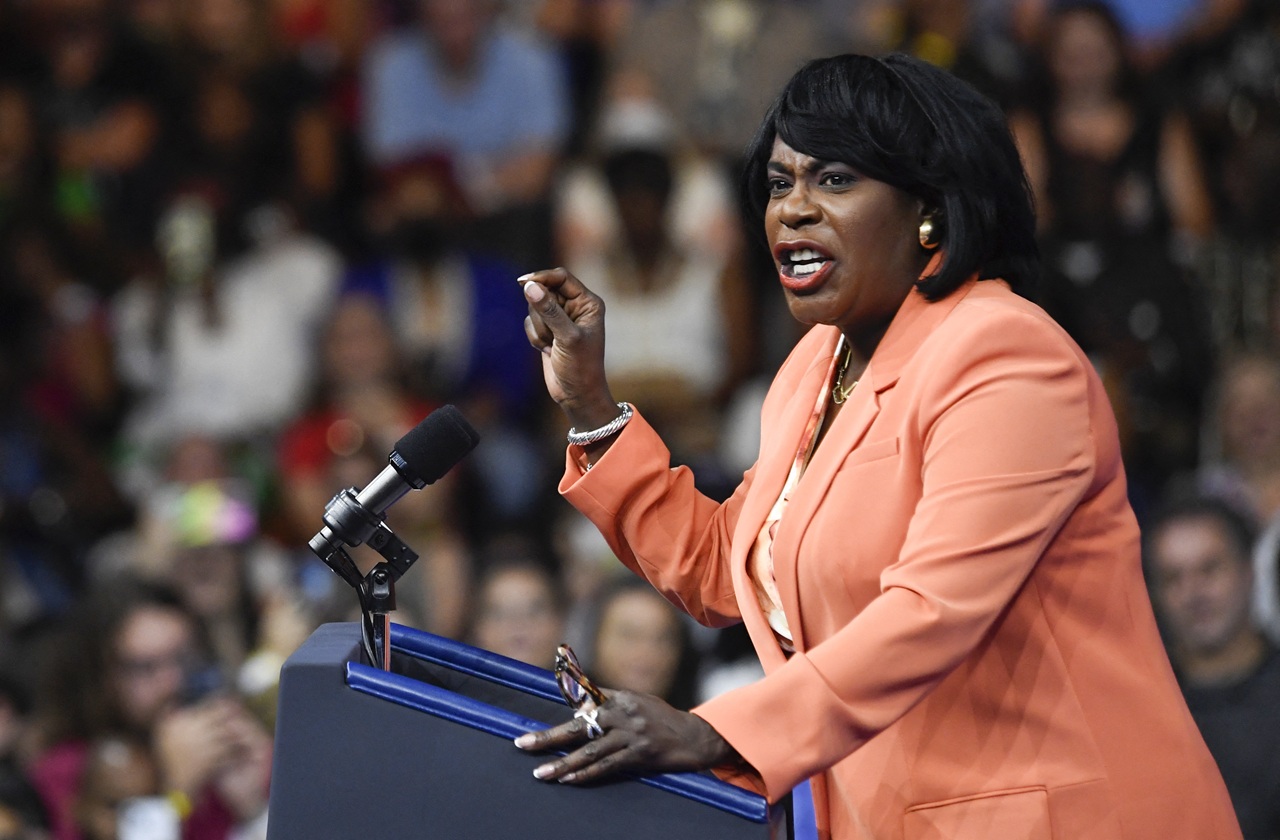
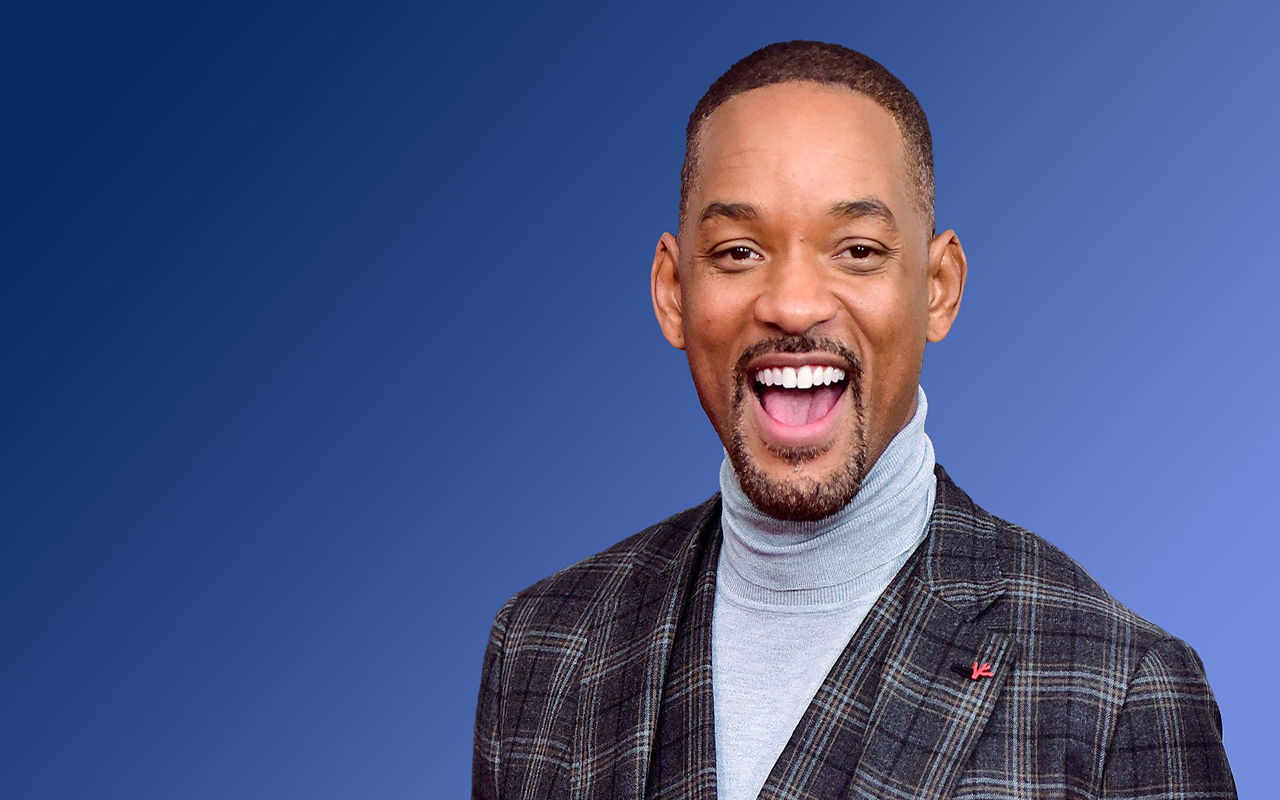
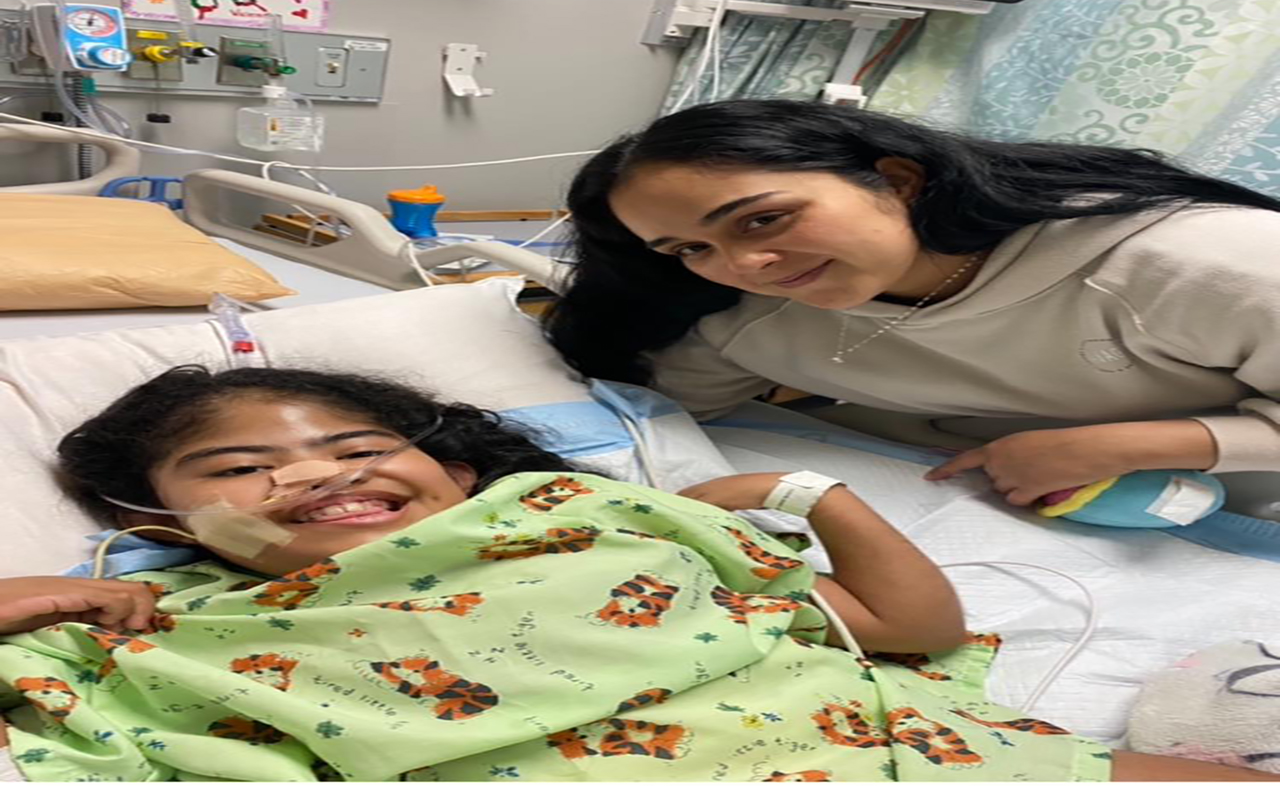


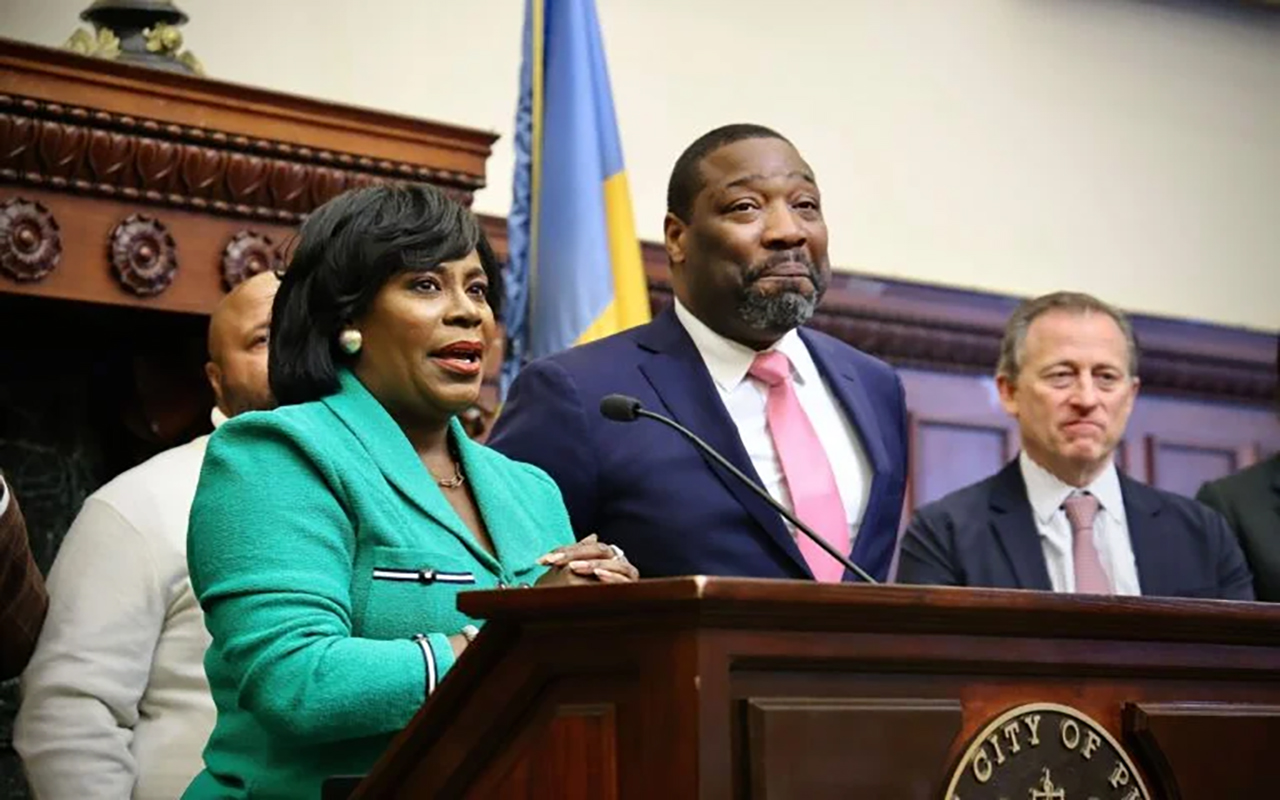
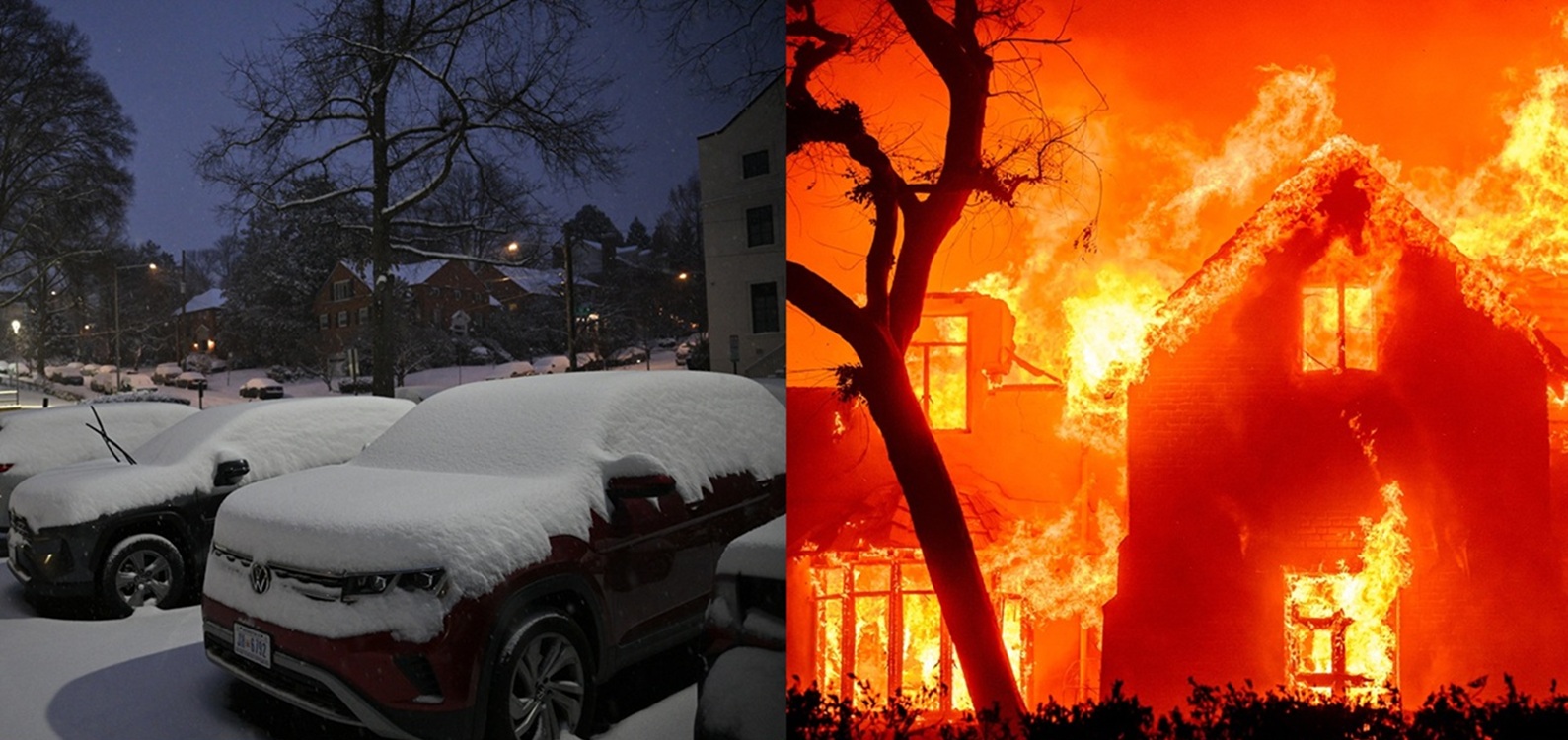

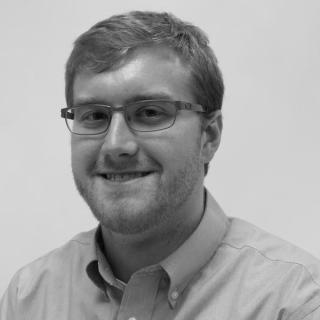
LEAVE A COMMENT: